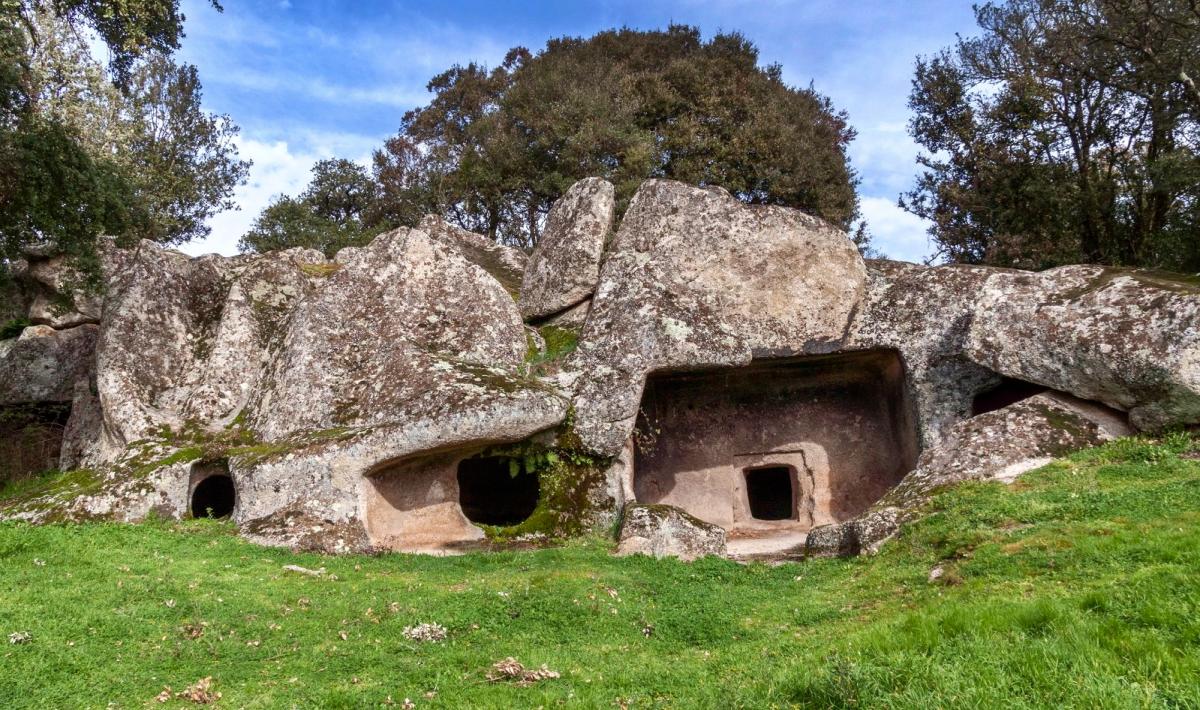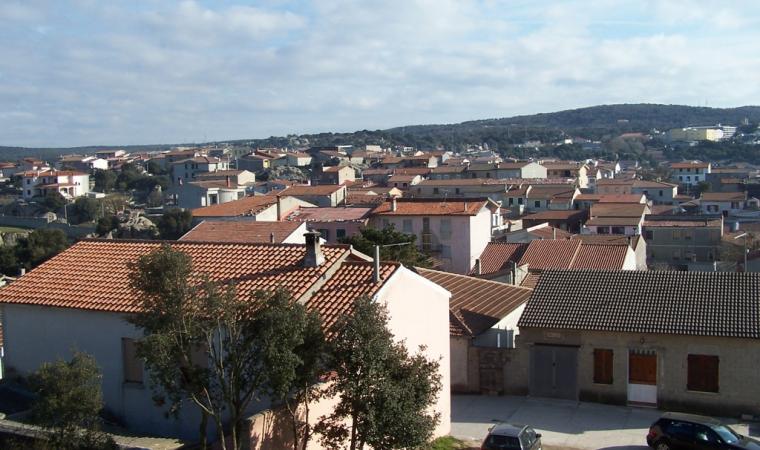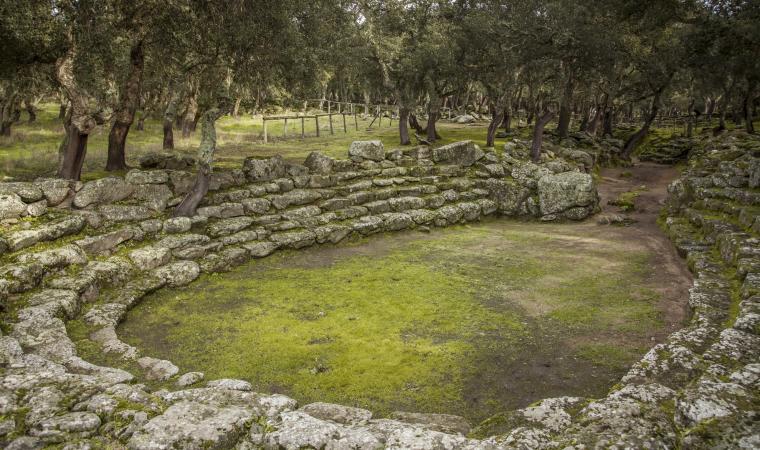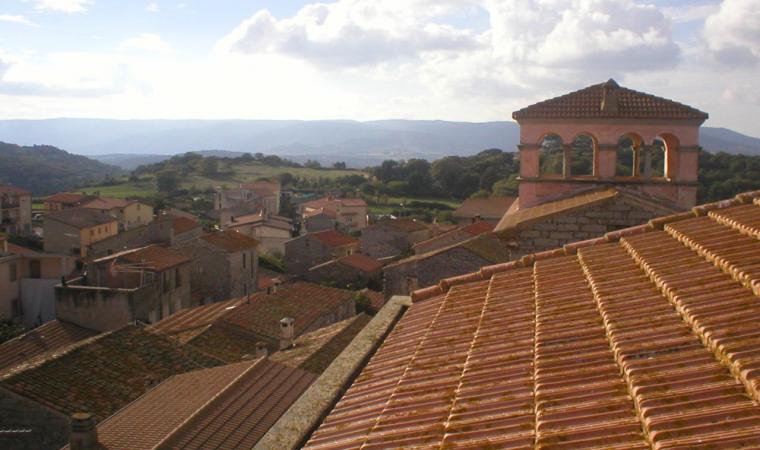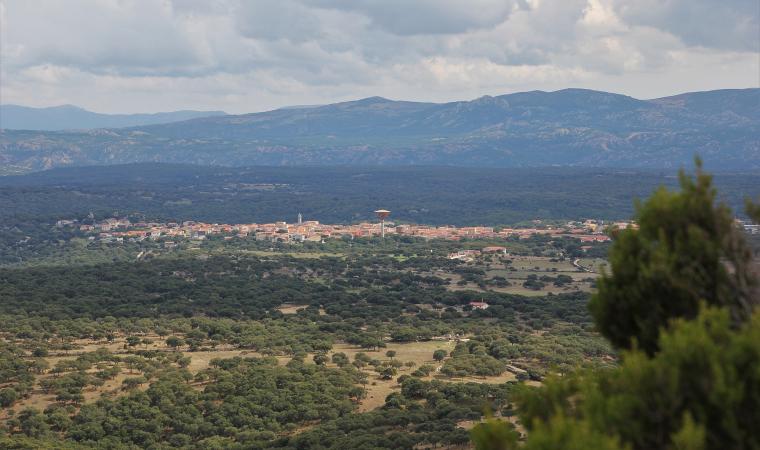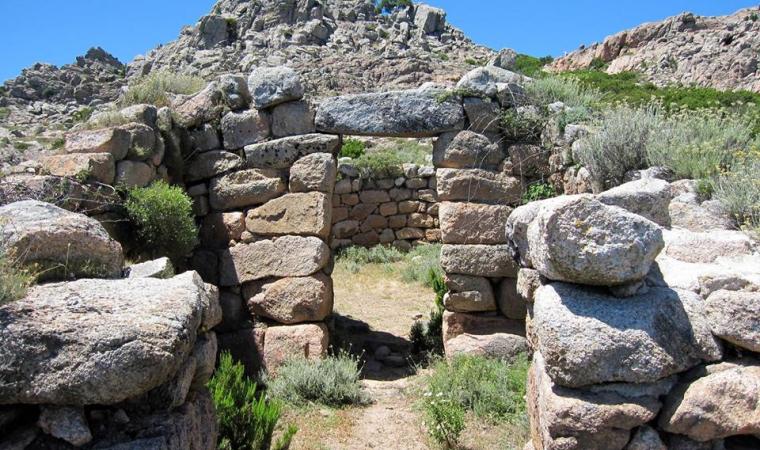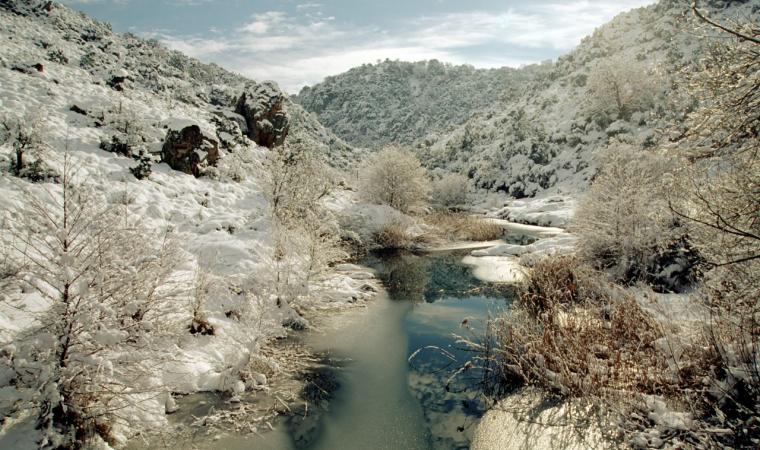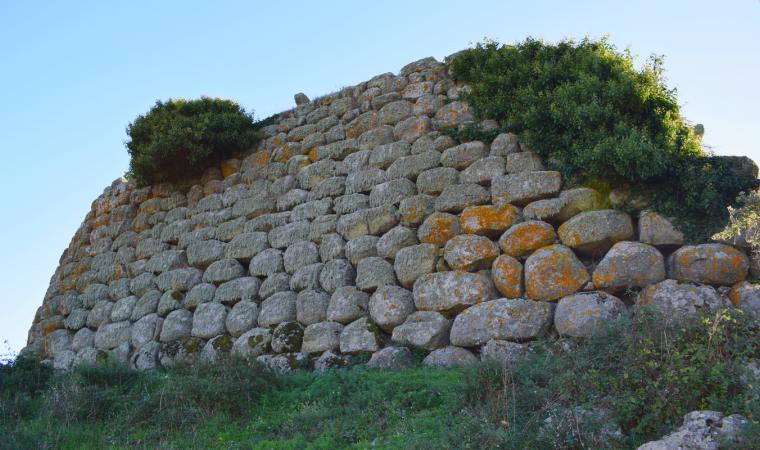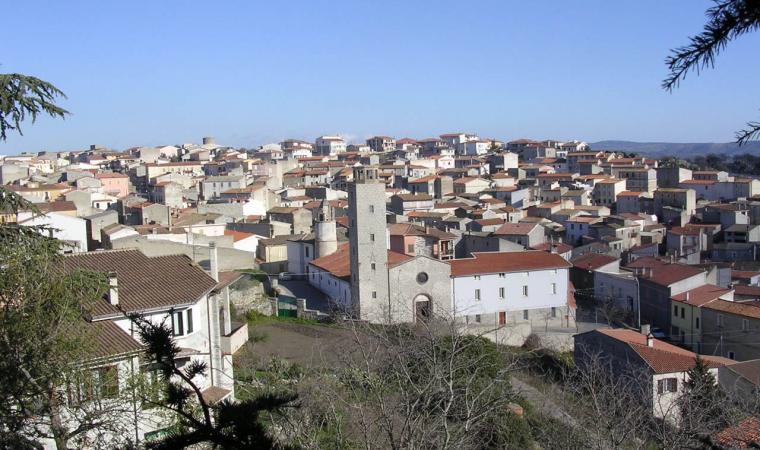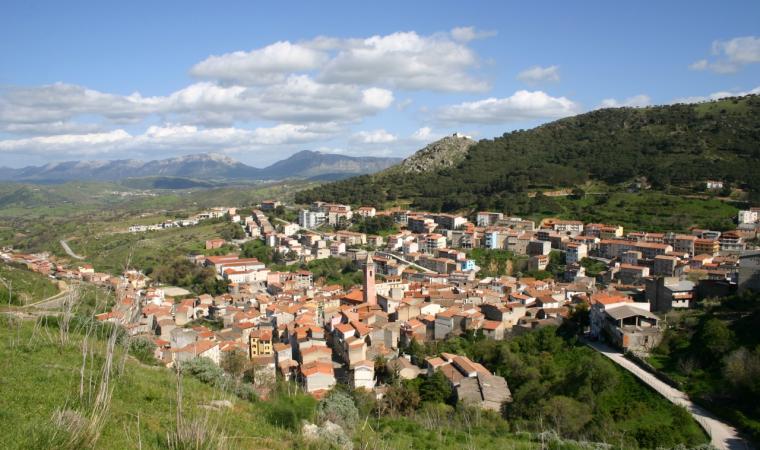Since the Neolithic period, the people who inhabited the area of Buddusò used one of its most distinctive natural resources, granite. The precious stone was not only present in everyday life. In fact, worship and relative rituals dedicated to deceased loved ones required their remains to be conserved in hypogea dug out of the very hard rock, involving huge efforts. One of these granite benches used for the cult of the dead is in the locality of Ludurru, a few hundred metres from the inhabited area of the ‘granite’ village, which today represents a crossroads between the historical territories of Gallura, Monte Acuto, Goceano, Baronìa and upper Barbagia. Here, surrounded by Phillyrea shrubs and cork oaks, lies a domus de Janas necropolis, consisting of six ‘fairy houses’, hypogea dug during the Final Neolithic period (3200-2800 BC).
The tombs have one or more rooms. Tomb 1 has a pavilion with a hatch that leads into the anteroom, where you will notice, along the perimeter of the floor and ceiling, bands carved in relief that frame the walls and drainage channels on the floor. Two entrances with painted red bands above them lead to the central room, from which two secondary rooms branch off. Tombs 2 and 3 are single-celled and the third hypogeum in particular has a semicircular niche. The fourth domus is divided into three rooms preceded by an anteroom, in which one corner is occupied by a rectangular counter and, in the centre of the floor, a cupule was created for the hearth or in which votive objects would be placed. In the main cell, there is a trace of two semi-columns. Hypogea 5 and 6 are similar, made up of a pavilion that leads into a semicircular space. Outside, you can see a ‘roof’ covering an entrance to the tombs, while on the left of the necropolis, a false door was carved on a boulder covered with lichens, symbolising the entrance to the realm of the afterlife. Lastly, on the top of the granite outcrop, you will notice an almost regular parallelepiped-shaped boulder, with a hollow similar to a channel and a basin: the most probable theory is that it was an altar.
Buddusò contains numerous other prehistoric remains. In all, about 60 domus de Janas have been found, one of which is within the village, while most of them are in the necropolis and in its countryside: in addition to Ludurru, the burial sites of Borucca also stand out. The Bronze Age is documented by 32 nuraghi. The most important is located along the road that leads to Bitti: it is the nuraghe Loelle, hidden in the woods and featuring a ‘mixed’ structure, partly protonuraghe and partly a complex structure. Next to it, there is a village of huts, two Tombs of Giants and a dolmen.

